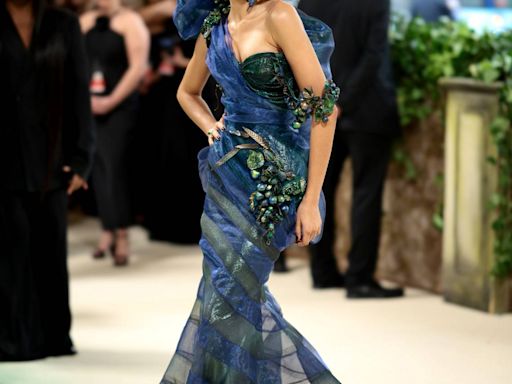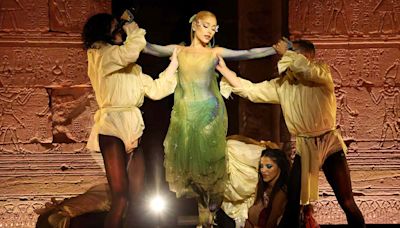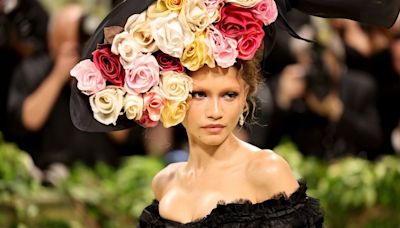Search results
Fae, also known as fairies, are mythical creatures that have been a part of human folklore for centuries. They are often depicted as small, winged beings with magical powers, but their appearance and abilities can vary greatly depending on the culture and time period in which they are depicted.
Background Fairy People Origin of the Faeries Types of Fairies Origin of the Faeries Fairy comes from the Old French word faerie. The word has been overused to describe a supernatural being. There is a great deal of difference in classifying a being as a fairy from the medieval literature and […]
May 22, 2017 · What is a Fairy? A fairy is a magical creature who resembles a human. Beyond that, defining fairies is almost impossible. Their legend is as old as European civilization itself, and they come in all colors, sizes, and temperaments. No two fairy encounters are quite the same! Characteristics. Physical Description.
Dec 19, 2022 · According to Britannica, fairies are mythical creatures belonging to ancient folklore, usually known for having magical powers, sometimes dwarf-sized in appearance and “characteristically...
Jun 26, 2023 · Mythology. 30 Types of Fairies: Exploring the Magical World of the Fae. Last updated: 2023/06/26 at 11:45 AM. By Christian G. 46 Min Read. A fairy, sometimes also called a faerie, faery, fae, fey, fay, and fair folk, is a mythical being that exists in international folklore. What's Inside?
May 20, 2015 · Most of the nature fairies are perhaps descendents of pre-Christian gods and goddesses or are the spirits of trees and streams. Black Annis, a blue-faced hag, haunts the Dane Hills in Leicestershire and Gentle Annie who governs storms in the Scottish lowlands, are perhaps descended from the Celtic goddess Danu, mother of Ireland’s cave fairies.
Faeries (or fey/fair folk) are one of the four supernatural species of Downworld in the Shadowhunter Chronicles by Cassandra Clare. They are separated into two factions, derived from Scottish folklore, the division into the Seelie Court and the Unseelie Court .






